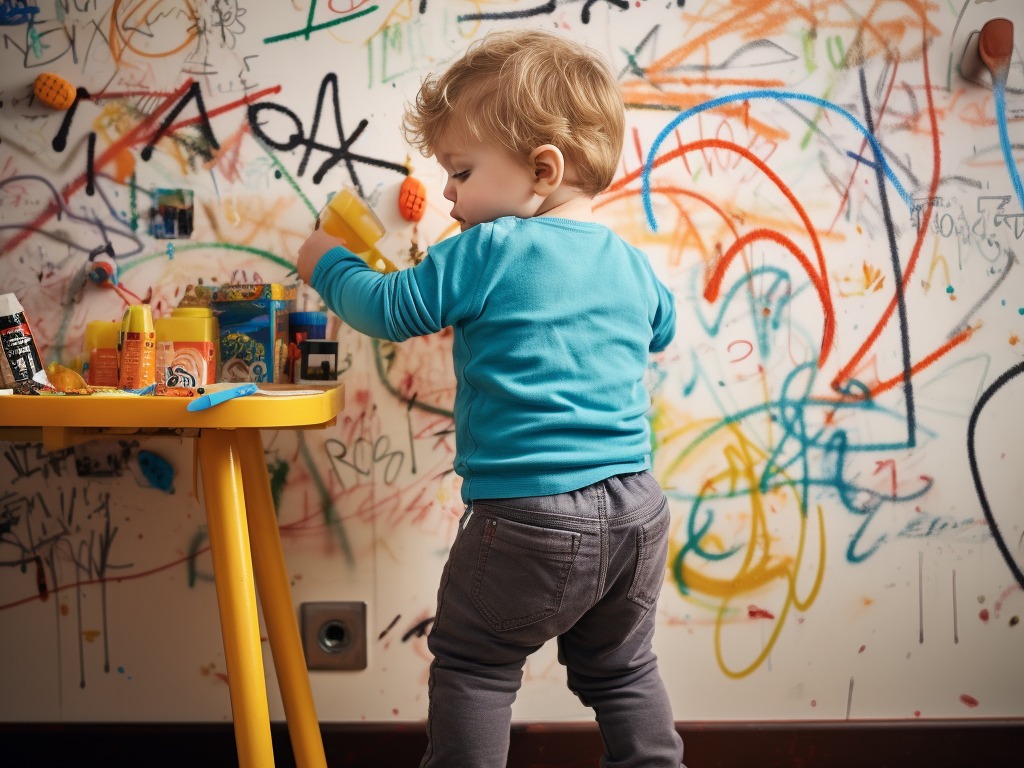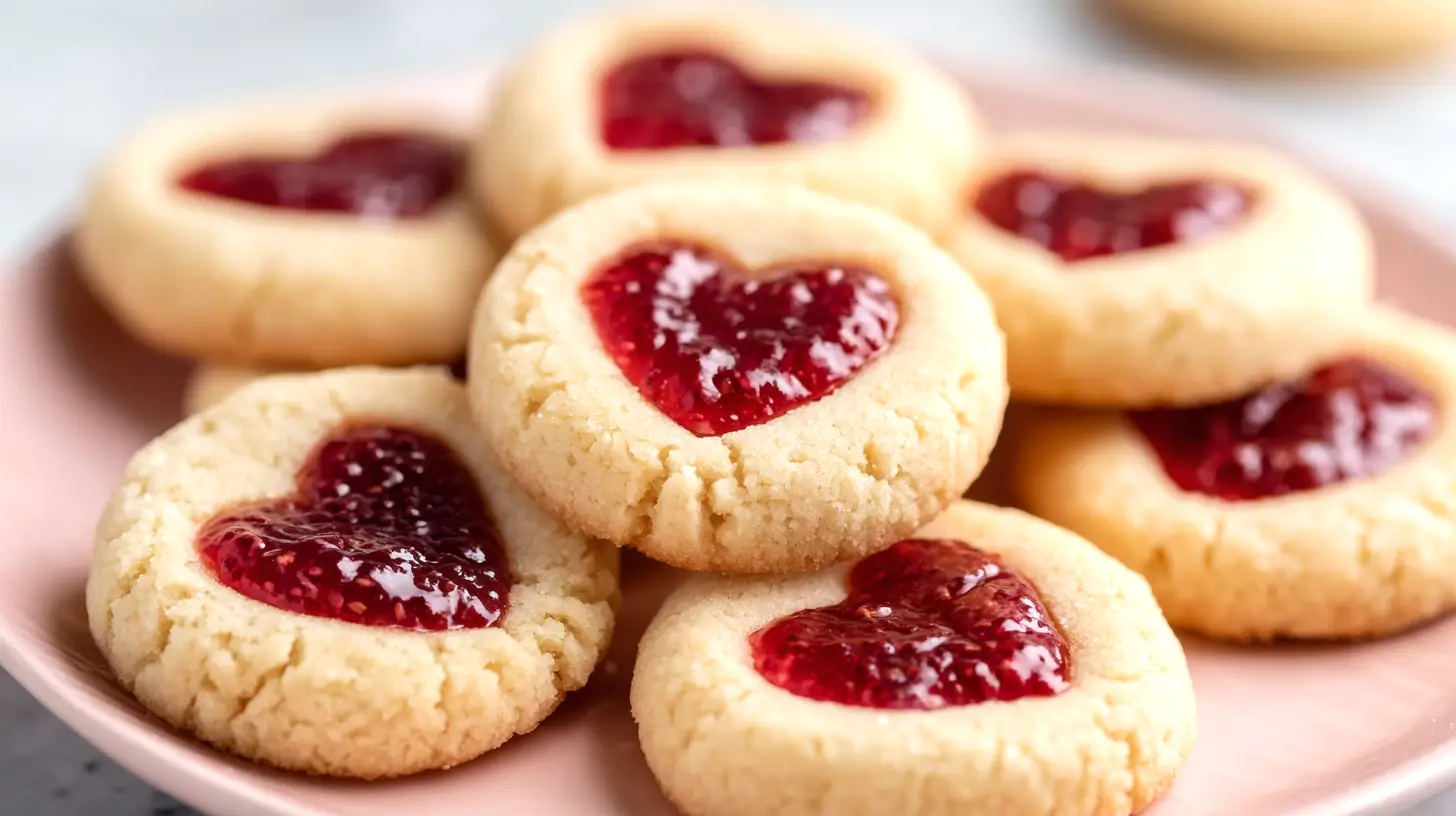This blog post is all about discipline strategies for toddlers.

If you’re reading this, chances are you’ve got a toddler. You know, that adorable, pint-sized human who can transition from cooing angel to demonic whirlwind in 0.3 seconds? Yup, that’s the one.
You love them to bits, but sometimes, they can be a handful, and you might be wondering how to discipline them without losing your cool or mind. Good news: you’re not alone! And even better news?
…There are 10 discipline strategies for toddlers that really work.
1. Stay Calm (Easier Said than Done, Right?)
Alright, mama, first things first. Before you can effectively discipline your toddler, you have to discipline yourself. When your little one throws a fit in the middle of the grocery store, it’s crucial not to throw one back. Deep breaths. Remember, they’re not doing it to spite you – even though it sometimes feels like it. They’re still figuring out how to navigate their emotions and the world around them.
2. Consistency is Key
Today, jumping on the couch is a no-no. Tomorrow, it’s totally fine. The next day? It’s forbidden again. If this sounds familiar, we need to talk. Consistency is the name of the game when it comes to discipline strategies for toddlers. Sending mixed messages is confusing to your children.
3. Time-Outs Aren’t Just for Basketball
You’ve heard of the time-out strategy, right? It’s when you let your toddler sit in a designated spot to calm down. No toys, no distractions. Just them and their thoughts (which probably consist of “Why can’t I paint the walls with spaghetti sauce?”). It gives both you and them a breather.
Choose a safe spot where they can sit and reflect. Set a timer. For toddlers, 1-2 minutes is usually enough. Longer than that and they might forget why they’re even there.
4. Divert and Distract
Imagine you’re about to enjoy a piece of chocolate, and someone snatches it away. That’s how a toddler feels when they’re told, “No.” Instead of just saying “no,” try to divert their attention. If they’re banging on the coffee table, give them a drum or a toy they can bang on. It’s the art of misdirection. It’s like, “Look over here! Shiny toy!” And just like magic, the coffee table is saved.
5. Communicate with Tiny Words
Toddlers have the vocabulary of… well, toddlers. Using long, complicated sentences might leave them more confused. Instead of saying, “Honey, it’s not advisable for you to draw on the walls because it causes a mess and then mommy has to clean it,” try, “We don’t draw on walls. Let’s use paper!” Short, sweet, and to the point.
6. Natural Consequences
Don’t want to wear a jacket in the cold? You might get chilly. Refuse to eat dinner? You might get hungry later. As long as it’s safe, sometimes letting toddlers experience the natural consequences of their actions is the best teacher. Of course, don’t let them freeze or starve, but a little chill or a tummy rumble can be a good life lesson.
7. Praise the Good
Toddlers, like us, love to be recognized for their good deeds. If you see them sharing, playing nicely, or even putting away a toy (a rare but magical moment), shower them with praise. It reinforces positive behavior. It’s like when you’ve had a long day, and someone compliments your outfit – it feels great, doesn’t it?
8. Set Them Up for Success
If you know your child gets cranky around nap time, don’t schedule a trip to the store then. Or if they always throw toys when they’re bored, make sure they have engaging activities to keep them occupied. Setting up a routine and environment where they can succeed will reduce the need for discipline.
9. Talk About Feelings
Yes, toddlers are tiny, but they have BIG feelings. Help them understand and express these emotions. If they hit a playmate out of frustration, kneel down and say, “I see you’re upset. It’s okay to be mad, but we don’t hit. Let’s use our words.”
10. Be Their Role Model
They’re watching you. Always. If you want them to behave a certain way, show them by behaving that way yourself. If you yell when you’re angry, they might think it’s okay to do the same. So, even when they’ve turned the living room into a scene from a tornado movie, take a deep breath, count to ten, and address it calmly.
The Damaging Effects of Physical and Verbal Punishments: A Closer Look
We’ve all had moments of frustration, but did you know that resorting to spanking or using harsh words isn’t just ineffective, but it can also harm your child? Here’s the evidence:
The American Academy of Pediatrics (AAP) in their statement, “Effective Discipline to Raise Healthy Children,” stresses the significance of teaching positive behavior over punishing undesirable actions. Multiple studies confirm that techniques like spanking, slapping, or even just shouting don’t effectively correct a child’s misbehavior. Moreover, they might be doing more harm than good.
Understanding the Spanking Cycle
The AAP strongly advises against physical punishment. It’s a myth that spanking instills discipline or self-control. In reality, it can amplify aggression and resentment in children. A comprehensive study involving children from 20 major U.S. cities revealed a troubling pattern: families resorting to physical punishment entered a vicious cycle. The more the children were spanked, the more they misbehaved, leading to even more spankings. This kind of discipline isn’t just a problem within family dynamics; it has societal implications too. When kids learn that inflicting pain is an acceptable reaction to frustration, they can become more prone to aggression outside the home.
The Deep and Lasting Scars of Physical Punishments
The risks associated with physical punishments are both immediate and long-lasting. Especially for children under 18 months, there’s a heightened risk of injury. The repercussions, however, go beyond visible marks. Spanked children exhibit higher levels of stress hormones. Furthermore, there are potential adverse effects on brain development. Remarkably, one study discovered that young adults who were frequently spanked had reduced gray matter—crucial for self-control—in their brains. They also scored lower on IQ tests compared to those who weren’t spanked.
The Silent Wounds of Verbal Abuse
Equally concerning is the use of harsh words or shouting. Raising your voice or using demeaning words doesn’t just fall on deaf ears; it causes emotional harm. Even in households where parents are generally affectionate, a sudden burst of verbal anger can lead to increased misbehavior and long-term mental health challenges for children. As these children grow, the effects compound. Teens exposed to regular verbal discipline show more behavioral issues and exhibit symptoms pointing to depression.
It’s vital to recognize and understand the long-lasting impact of our actions and words on our children. Positive reinforcement and gentle guidance consistently prove more effective, promoting not just good behavior, but nurturing a healthy mental and emotional environment for our young ones.
Tailoring Your Discipline Approach to Your Child’s Age and Stage
When it comes to discipline, one size definitely doesn’t fit all. As your child grows and changes, so will your disciplinary approach. Here’s a deeper dive into how you can adjust your strategies based on your child’s age and developmental stage.
Infants: The Foundations of Discipline
Model Behavior: Infants are like sponges, soaking up everything around them. They’re constantly observing, which makes it paramount for adults to model the kind of behavior they wish to see. If you want your baby to understand kindness, patience, or even just basic manners, start by displaying them consistently in your own actions.
Positivity First: When guiding your baby, try framing instructions in a positive light. Instead of focusing on what they shouldn’t do, emphasize what they should. Instead of saying, “Don’t stand,” try, “Let’s sit down.” It’s a subtle shift, but this proactive language can make a significant difference in setting a constructive tone.
Reserve “No” for Critical Moments: The word “no” is powerful. Overusing it can dilute its impact. Prioritize using “no” for vital matters, especially those concerning safety. For instance, if your baby reaches for an electrical outlet, a firm “no” is appropriate. But for less grave matters, consider other ways to redirect.
Distraction and Replacement: This is the age-old magic trick of parenthood. If your infant is holding something they shouldn’t, like your delicate eyeglasses, gently take it and replace it with a toy or teething ring. They’ll likely forget about the original object in no time.
Consistency is Crucial: It’s not just about what you teach, but how consistently you teach it. Babies thrive on predictability. To avoid confusing your little one, coordinate with everyone involved in your child’s care – your partner, grandparents, babysitters – to ensure everyone is on the same disciplinary page. This consistency provides a secure environment for your baby, making them feel safe and loved.
Discipline during infancy isn’t about punishment. It’s about teaching and setting the stage for the future. Approach these early days with love, patience, and understanding, and you’ll be laying the groundwork for many happy and harmonious years to come.
Toddlers: Navigating New Boundaries and Behaviors (Discipline Strategies for Toddlers)
As your child grows into the toddler years, you’ll notice their world expanding rapidly. With this expansion comes an increased awareness of boundaries, and naturally, the occasional test of those limits. Here’s how you can guide them with empathy and understanding during these dynamic years:
Positive Reinforcement Over Punishment: Your toddler is beginning to grasp what’s acceptable and what’s not. This is a learning phase, so focus on praising behaviors you want to encourage. When they share or pick up their toys, celebrate those moments! On the other hand, rather than reprimanding behaviors you want to curtail, try to gently divert their attention to a different, positive activity.
Understanding the World of Tantrums: Oh, the mighty tantrum! As frustrating as they can be for parents, they’re often a result of your toddler grappling with a world full of new challenges. Recognize the common triggers — like exhaustion or hunger — and preemptively address them. Something as simple as a well-timed snack or nap can ward off a meltdown.
Teaching Gentle Interactions: Aggressive behaviors like biting or hitting are not uncommon at this age, but they need to be addressed. First and foremost, lead by example. Show them gentleness and patience in your own actions. Avoid physical punishments like spanking, and when disagreements arise in the household, address them calmly, demonstrating constructive conflict resolution.
Consistency is Key: Just as with infants, toddlers need consistent boundaries to feel secure. If bedtime is at 7:30 PM one night, try to keep it around the same time the next. If you introduce a time-out as a consequence for a specific behavior, be sure to apply it consistently for that behavior.
Sibling Dynamics: If you have more than one child, conflicts will arise. It’s part of growing up. However, try to address these disputes impartially. For instance, if two siblings quarrel over a toy, instead of assigning blame, consider placing the toy in a temporary “time-out.” This discipline strategy for toddlers teaches them that cooperation trumps conflict.
Navigating the toddler years can be a rollercoaster of emotions, both for you and your little one. Your toddler is experiencing a lot of things for the first time. Approach each day with a balance of firmness and compassion, and you’ll both come out stronger on the other side. Hopefully you will find these discipline strategies for toddlers helpful on your parenting journey.
Preschool Age: Fostering Independence and Accountability
As your little one steps into the preschool phase, their inquisitiveness and need to understand the world around them intensify. They’re learning, growing, and naturally, they’ll push boundaries to discover how far they can go. Here’s how to guide them through this crucial developmental phase:
Exploring the World of “Why”: Preschoolers are often overflowing with questions about how things function and the consequences of their actions. While it might sometimes be testing, this is their way of piecing together the world. Remember, they’re still figuring out behavioral boundaries and will occasionally challenge set rules, especially with family members who are their primary points of interaction.
The Introduction of Responsibility: It’s a great age to instill a sense of responsibility. Start with small, age-suited chores. For instance, making it a fun game to put their toys away or helping to set the table. When giving instructions, keep it simple and sequential. When they successfully complete a task, shower them with genuine praise. This not only boosts their self-confidence but also teaches the value of responsibility.
The Power of Choice: Allow them the autonomy to make decisions within acceptable parameters. For instance, let them pick their outfit for the day or choose between two healthy snack options. This not only makes them feel valued but also nurtures their decision-making skills.
Golden Rule 101: It’s a classic but vital lesson – treat others how you’d like to be treated. Teaching this foundational principle now can influence how they interact with peers, teachers, and eventually, everyone they meet.
Navigating Emotions: Preschoolers are still learning to manage their emotions. Let them know that it’s natural to feel a range of emotions, including anger. However, it’s essential to channel those feelings without causing harm or destruction. Encourage open dialogue. If they’re upset, create a safe space where they can express themselves, whether through words, drawing, or another creative outlet.
Conflict Resolution: At this age, conflicts will arise, especially as they start socializing more. Instead of immediately stepping in, consider tools like short time-outs or even temporarily removing the contentious item or privilege. This helps them understand that actions have consequences.
The preschool years are a whirlwind of discovery, learning, and growth. While there will undoubtedly be challenges along the way, with patience, understanding, and consistent guidance, you’ll watch your child blossom into a responsible, compassionate individual.
Final Thoughts on Discipline Strategies for Toddlers
After wading through the toddler years with toys scattered around and random crayon art on walls (because who doesn’t love an impromptu mural in the living room?), I’ve come to realize that while no single approach to discipline is a magic wand, the right discipline strategies for toddlers can truly make a world of difference. Navigating these tiny tot tantrums and curious capers requires patience, consistency, and a dash of humor.



